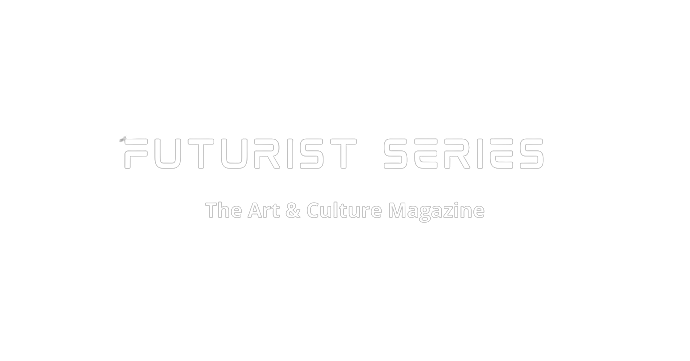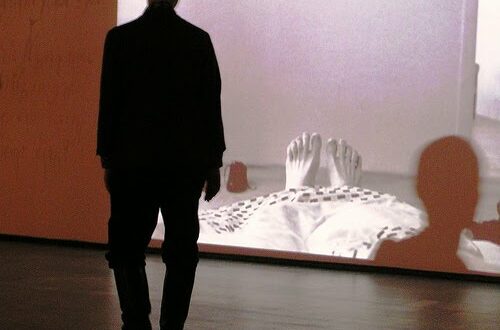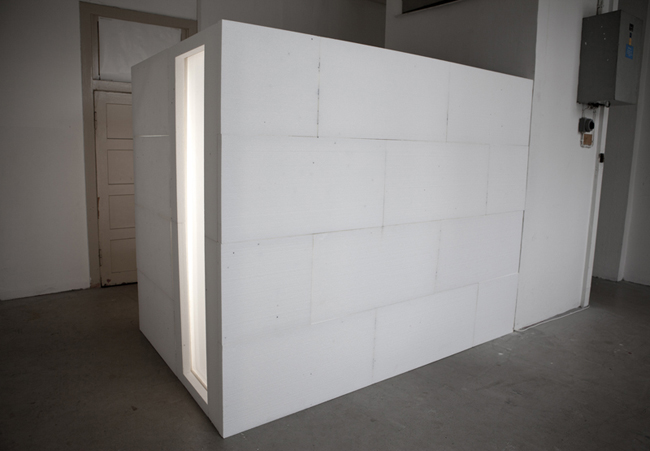Hexenring
“…ruins possess the attraction of decay and death, and to enter them is to venture into darkness and the possibilities of confronting that which is repressed. These pleasures are of a vicarious engagement with fear and a confrontation with the unspeakable and one’s own vulnerability and mortality.”[1]
Tim Edensor, Industrial Ruins: Space, Aesthetics and Materiality
The word ‘ruin’ has its origins in the idea of falling and is associated with falling stones.[2] It is a word that conjures up for us images of classical buildings in decay – fragments of the crumbled abbeys and castles of the British countryside. Very rarely do we encounter these kinds of ruins in contemporary society unless they have been preserved as monuments or heritage sites, thereby halting the process of decay and removing their inherent ruin qualities. We are far more likely to discover the latter in the abandoned factories, car parks and other ‘remnants of post-industrial culture’[3] that form interstitial sites within our cities and towns. Tim Edensor identifies these types of site as the ‘modern ruin’, defining their inherent qualities against traditional picturesque and Romantic notions of ruination. What emerges from his text, however, is that the significance of the modern ruin is ultimately linked with decay and death, a significance which is shares with the ruins of Romanticism but also with those of the Gothic.
[1] Tim Edensor, Industrial Ruins: Space, Aesthetics and Materiality, Berg,
[2]Michael S Roth with Clare Lyons and Charles Merrewether, Irresistible Decay: Ruins Reclaimed, Getty Research Institute for the History of Art and the Humanities,
[3] Edensor, p.13




